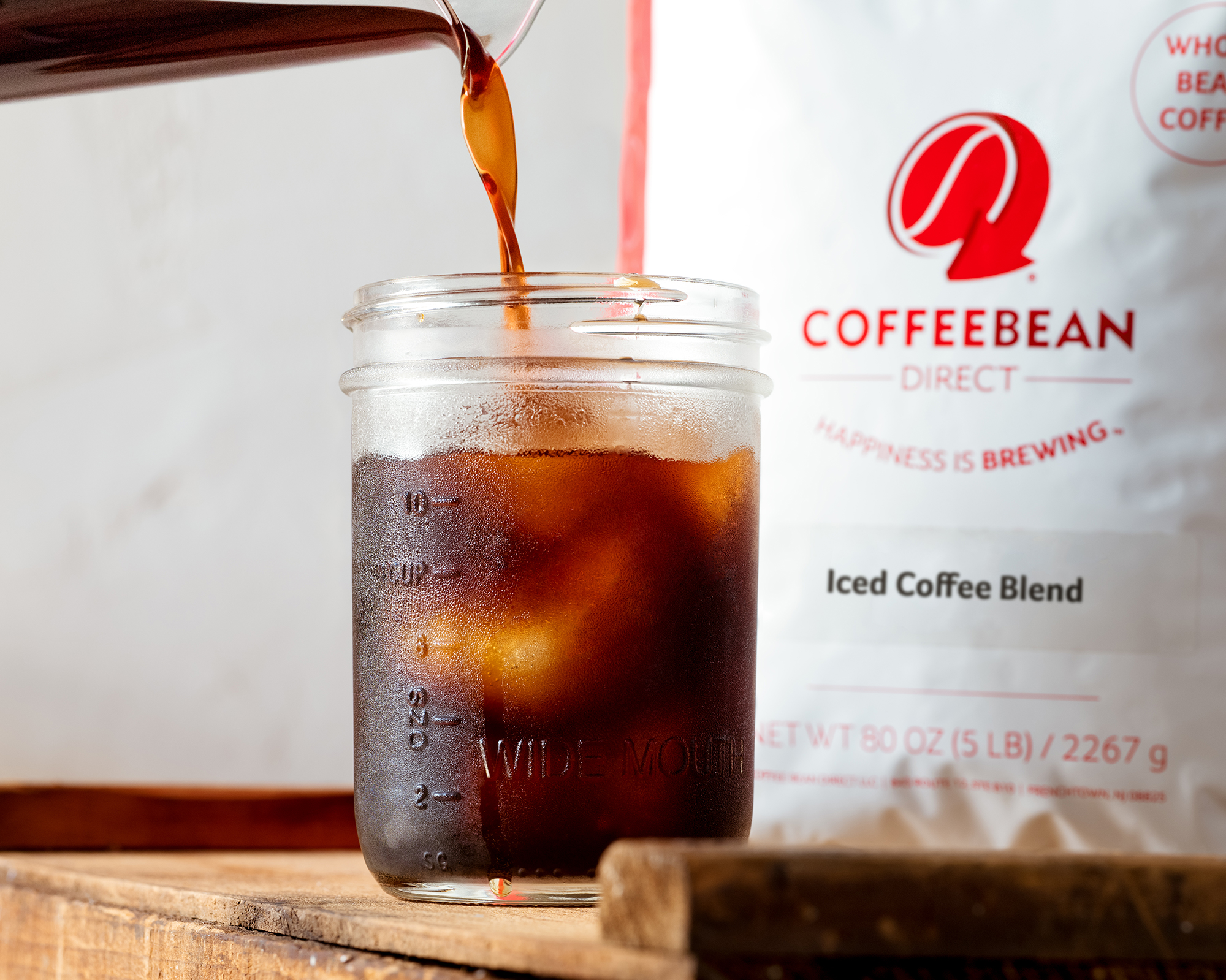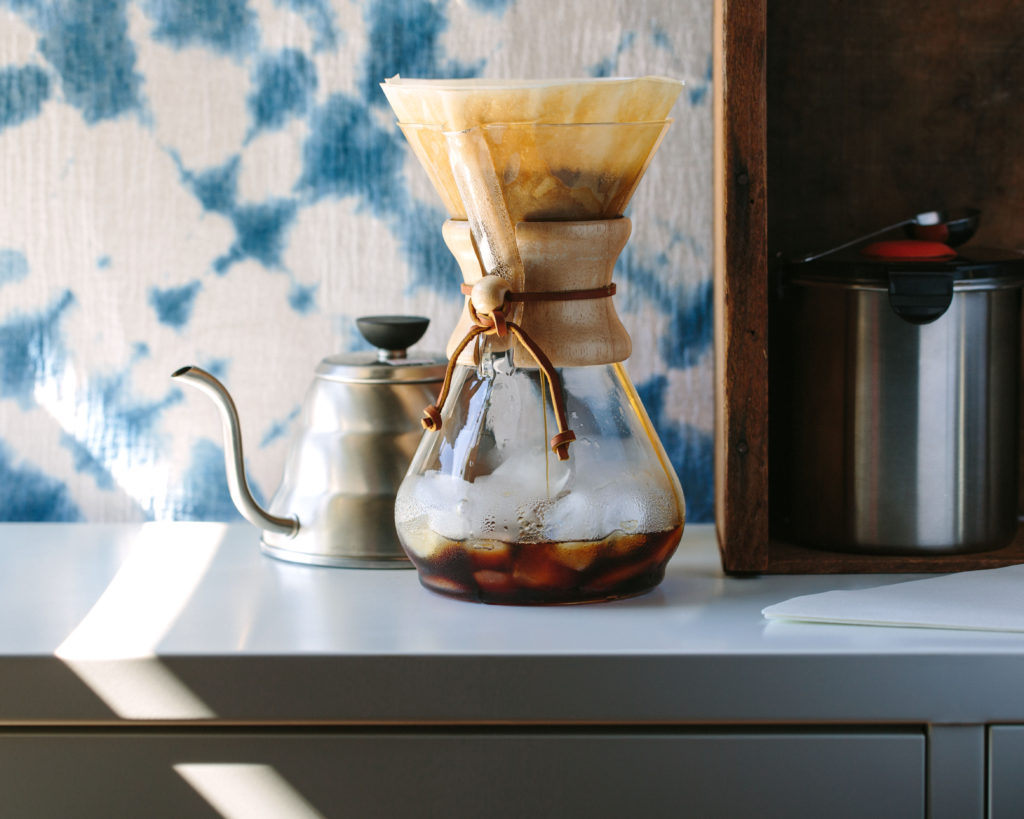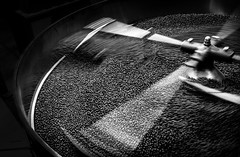Easy Iced Coffee Guide
Tuesday, August 14th, 2018 by Andrew

It’s summertime, so we decided to play guinea pig to bring you the best iced coffee out there. As popular as this classic continues to be, iced coffee often alternates between watery and mouth puckering bitterness. Our goal was to create a cup solid enough to graduate from trend to timeless classic. We believe, when properly brewed, iced coffee may be the star of the coffee world. Not only can it be simple to prepare, (which we love, especially pre-caffeine) but it is the perfect refreshing treat to beat the heat.
Filtered water should be used to brew a double strength batch of coffee to start. Flash brew iced coffee (aka ice brew) is made in a pour over (such as Hario or Chemex), but you don’t have to get all fancy if you don’t want to. You can make your iced coffee in an autodrip brewer too! Throw coffee ice cubes in to minimize dilution. Ta-da! A no-fuss, clean, crisp cup in minutes.
Homemade iced coffee is easy to make, but the right brewing method can preserve the nuances of the beans while other brewing methods can dull or neutralize their subtle flavor notes. The right iced coffee should be way less high maintenance than it tastes. We love a good shortcut and, finally, our resourcefulness pays off. All hail the perfect iced coffee, right from your very own kitchen! Check out our easy recipes and let us know what you think in the comments.

It’s summertime, so we decided to play guinea pig to bring you the best iced coffee out there. As popular as this classic continues to be, iced coffee often alternates between watery and mouth puckering bitterness. Our goal was to create a cup solid enough to graduate from trend to timeless classic. We believe, when properly brewed, iced coffee may be the star of the coffee world. Not only can it be simple to prepare, (which we love, especially pre-caffeine) but it is the perfect refreshing treat to beat the heat.
Filtered water should be used to brew a double strength batch of coffee to start. Flash brew iced coffee (aka ice brew) is made in a pour over (such as Hario or Chemex), but you don’t have to get all fancy if you don’t want to. You can make your iced coffee in an autodrip brewer too! Throw coffee ice cubes in to minimize dilution. Ta-da! A no-fuss, clean, crisp cup in minutes.
Homemade iced coffee is easy to make, but the right brewing method can preserve the nuances of the beans while other brewing methods can dull or neutralize their subtle flavor notes. The right iced coffee should be way less high maintenance than it tastes. We love a good shortcut and, finally, our resourcefulness pays off. All hail the perfect iced coffee, right from your very own kitchen! Check out our easy recipes and let us know what you think in the comments.


















